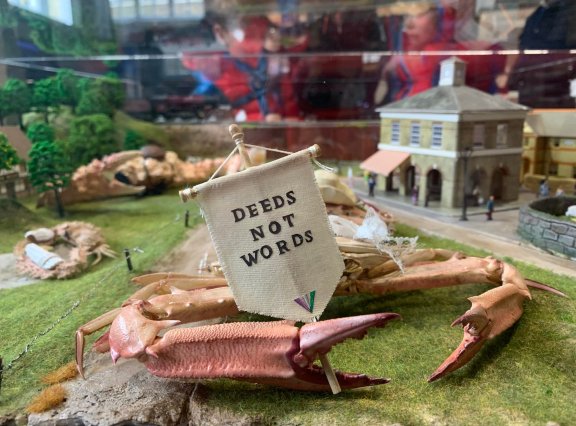Stay in touch with the latest news from AIM and get information on sector grants, jobs and events with our free fortnightly E-News.
Museum Displays and Interpretation
Author: Ruth McKew, Director, Headland Design Associates
“Museums should be places where you raise questions, not just show stuff.” William Thorsell, Director and CEO of the Royal Ontario Museum.
Introduction
Interpretation is the way that we connect visitors or audiences to our historic places and collections, it is how we communicate stories and ideas about our heritage. Museums use collections, built heritage and intangible heritage to tell stories and to help people discover the meaning behind the objects or heritage. We engage our visitors by providing information and provoking questions and conversations; good interpretation will make people go ‘Ooo I didn’t know that’ or ‘listen to this ….’. Interpretation is both an activity and a tangible product.
But how do we do it and how can we make it better? Interpretation needs to be accessible, strategic, engaging and informative, and our visitors need to leave inspired. Sometimes museums provide interpretation unintentionally, without considering the perspective or view conveyed. The objects or stories that we choose to show or tell, and how they are displayed don’t just provide interpretation, but also convey our museum’s purpose and vision. By reviewing and considering our interpretation we can promote equality and inclusivity. The AIM Hallmarks say we need to ‘develop and understand our collection, identify missing perspectives and histories and use them to encourage debate and discussion’
There are lots of ways to provide interpretation, and what works for one museum may not work for another; your interpretation should reflect your organisation and its values. It’s important to take a strategic approach to interpretation even if you are only planning one display or exhibition, you need to consider how it fits into the rest of the museum, how it will communicate with your audiences and what story you want to tell.
This guide will help you to:
- Understand what interpretation is
- How to plan interpretation
- How to produce content and text for interpretation
- Understand how to use professional support
- And think about costs for interpretation.
Click here to download the PDF of this Success Guide (published November 2022)>>
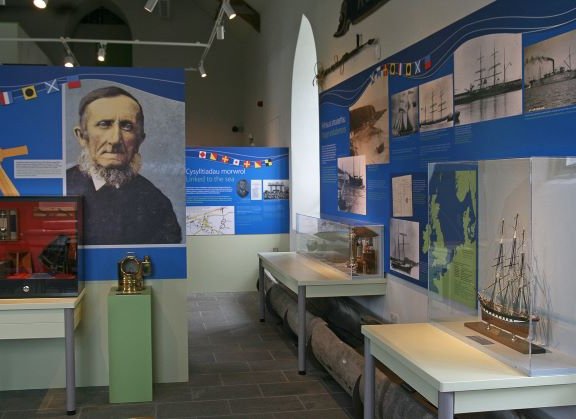
Context and some definitions
Museum audiences have high expectations, and it can be hard to know where to start. What about things like: how high should text be mounted? How much information is too much? In order to create successful interpretation, we need to understand our audiences and the heritage that we wish to interpret. Click here for the context and some definitions>>
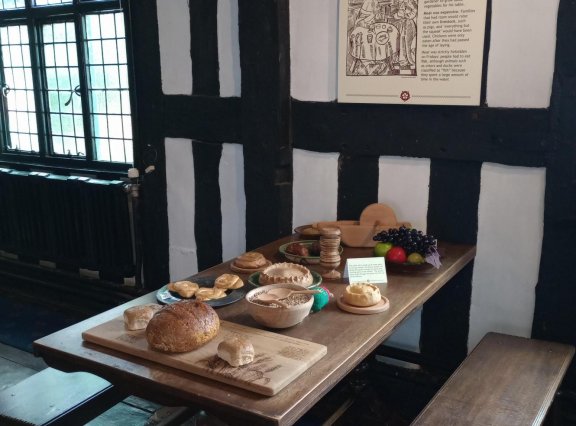
Planning interpretation
It is important to take a strategic approach to interpretation, to ensure that the interpretation works together to tell a coherent story, uses a range of interpretive media and has a coherent style. Click here for more details>>
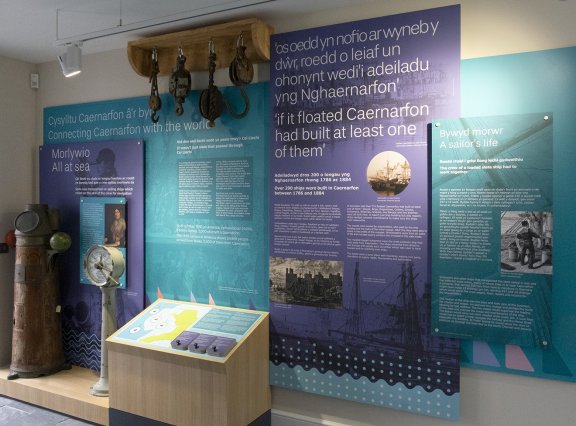
Types of interpretation and museum displays
Interpretation should be continually evolving and respond to audiences’ needs, opportunities and new stories. The principles of good interpretation are the same regardless of the media used, but there are some considerations for each type of media. Click here for more details>>

Research
Interpretation is the way that we connect people to our heritage, so we need to understand both people and heritage. Click here for more details>>
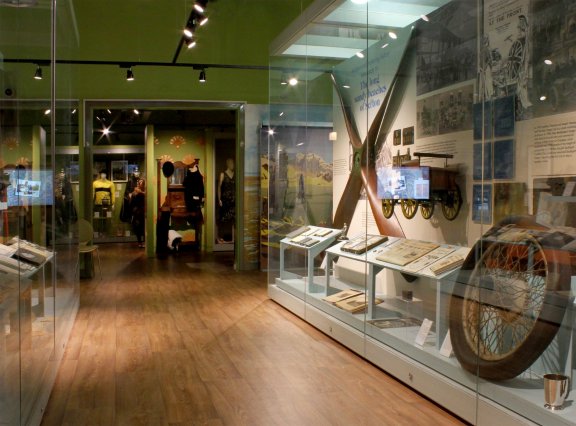
Designing interpretation
Design of exhibitions is a specialist skill and can be provided by exhibition design or interpretive design companies, Click here for more details>>
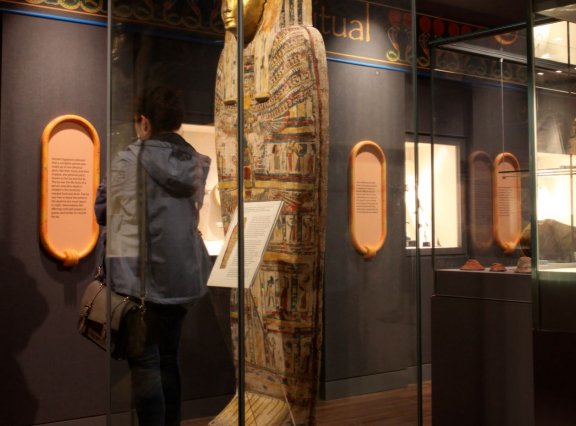
Text writing
Before you start, decide on the hierarchy and format for the text that you are writing. This might include objects labels, graphic panels and digital content. It is also important to agree a tone of voice. Click here for more details>>
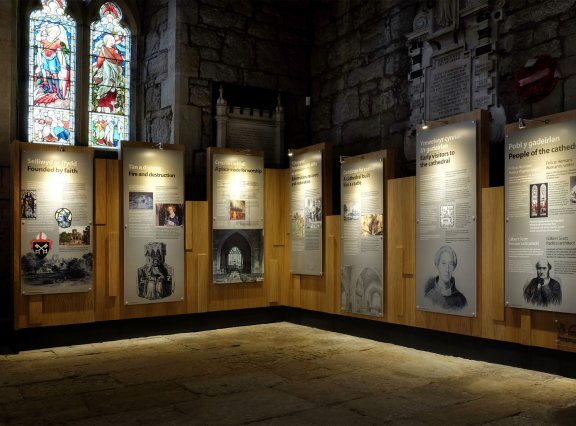
Related issues
In planning interpretation, you need to be aware of professional ethics, government policy and guidelines. Click here for more details>>

Costs and putting together a brief
A lot of new interpretation can be done on a small or limited budget. Displays of objects can be changed easily, and object labels can give a change of tone r perspective, refreshing the story being told. New graphic panels will provide a new narrative or story and can be produced with a small design and print budget. Click here for more details>>
About the author
Ruth McKew, Director of Headland Design, is part of a multidisciplinary team that design and deliver a huge range of interpretation for museums and historic sites across the UK.
Ruth began her museum career at the Cheshire Military Museum in Chester getting to grips with regimental collections and eclectic volunteers. She worked as curator at Cheshire Museums and supported museums across the region as a freelance curator. A stint in Malawi included developing and installing an exhibition about traditional and scientific medicine and working with the National Museum to change displays with absolutely no budget!
Ruth joined the team at Headland Design over ten years ago and specialises in interpretive planning to support the delivery of engaging and successful interpretation and exhibitions. The team at Headland undertake interpretive planning and design work, and deliver new exhibitions and interpretation for museums and historic sites. The team also have expertise in activity planning and understanding audiences with an excellent reputation of working with museums of all shapes and sizes.

